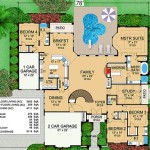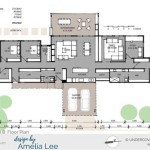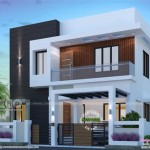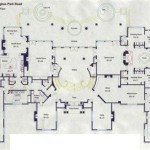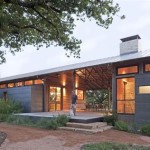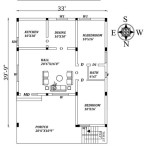Up Slope House Plans: Essential Considerations for Building on Slopes
Building a house on a slope presents unique challenges and opportunities that require careful planning and design considerations. Up slope house plans are specifically tailored to address these challenges and maximize the potential of sloped sites. Here are some essential aspects to consider when designing and constructing a house on a slope:
1. Site Analysis and Preparation
Thoroughly assessing the slope's characteristics is crucial. Factors such as slope angle, soil conditions, drainage patterns, and vegetation must be evaluated to determine the feasibility and limitations of building on the site. Site preparation may involve grading, leveling, or retaining walls to create a stable and suitable foundation for the house.
2. Foundation Design
The foundation of a house on a slope requires special considerations. Options include poured concrete foundations, pier and beam foundations, or crawlspace foundations. The choice of foundation type depends on the slope's angle, soil conditions, and the specific design of the house.
3. Drainage Management
Proper drainage is essential to prevent water damage and erosion on slopes. Up slope house plans should incorporate measures such as gutters, downspouts, and drainage ditches to effectively divert rainwater away from the house and surrounding areas. Proper grading around the foundation and landscaping with water-tolerant plants can further enhance drainage.
4. Structural Stability
Building on a slope requires careful attention to structural stability. The house's framing, walls, and roof must be designed to withstand the gravitational forces and potential lateral loads caused by the slope. Shear walls, bracing, and other structural reinforcements may be necessary to ensure the house's integrity.
5. Access and Circulation
Access to the house and circulation within the site should be carefully planned. Driveways, walkways, and stairs must be designed to safely navigate the slope and provide convenient access to all areas of the house. Accessibility considerations for individuals with disabilities should also be incorporated.
6. Energy Efficiency
The orientation and design of an up slope house can significantly impact its energy efficiency. Passive solar design principles, such as maximizing solar exposure and natural ventilation, can be utilized to reduce heating and cooling costs. Building materials and insulation should be carefully selected to minimize heat loss and improve overall energy efficiency.
7. Landscape Design
Landscape design on slopes plays a crucial role in erosion control, drainage management, and visual appeal. Terracing, retaining walls, and water features can be incorporated to create a visually stunning and functional outdoor space that complements the house's design.
Conclusion
Up slope house plans require meticulous attention to design and construction details to ensure the safety, functionality, and aesthetic appeal of the home. By carefully considering site analysis, foundation design, drainage management, structural stability, access and circulation, energy efficiency, and landscape design, architects and homeowners can create beautiful and sustainable homes on sloped sites.

Hillside House Plans With Garages Underneath Houseplans Blog Com

Sloped Lot House Plans Down Slope The Designers

A Guide To Sloping Lot House Plans

11 Upslope Houses Ideas House Styles Design Hillside

Sloping Lot Up Hill Plans Stock Home For Every Style Your Family Architect Architects Northwest

Plan 52164 Hillside House With 1770 Sq Ft 4 Bedrooms 3 F

Contemporary House Plan 1220l The Louisville 2707 Sqft 4 Beds 2 1 Baths

The Best House Plans For Sloped Lots And Narrow Houseplans Blog Com

Plan 43939 Modern Mountain House With Window Wall

Looking For The Perfect Affordable Cottage With A Large Covered Balcony Plan 1143

